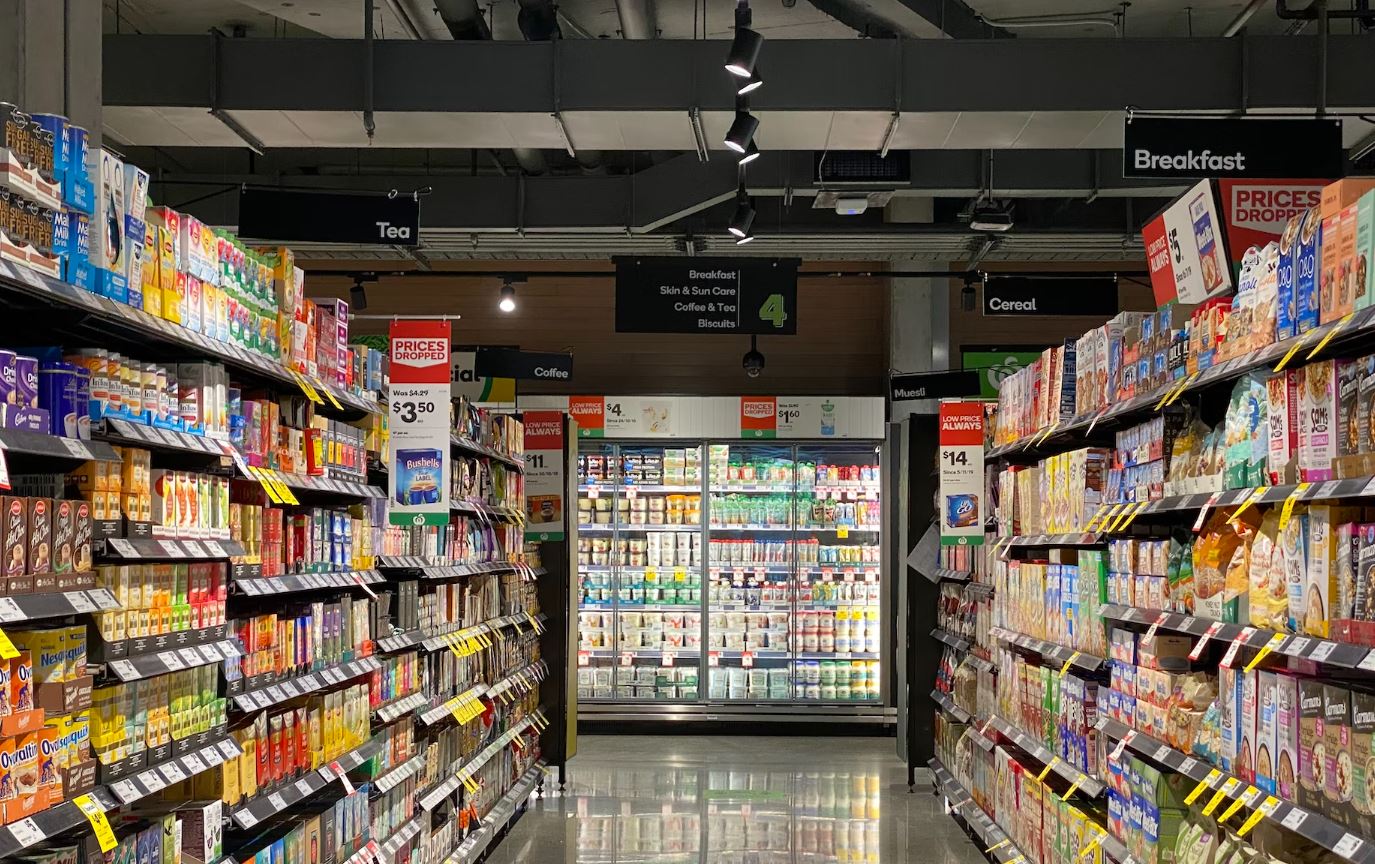
The end of pandemic-era benefits is proving difficult for many Americans.
Back in December of 2022, the United States Government moved to officially end the additional benefits to the Supplemental Nutrition Assistance Program, better known as SNAP, that were enacted in March of 2020 in response to the COVID-19 pandemic. However, as inflation continues to rise in the country, and food prices along with it, many lower-income Americans are finding it difficult to put food on the table without the boosted benefits. These citizens are going over what experts have named the “hunger cliff.”
“The cliff is aptly named because this a very abrupt change in what people are going to have in their food budget and it’s affecting tens of millions of people,” Ellen Vollinger, SNAP director for the nonprofit Food Research and Action Center, explained to The Guardian.
“When the federal government doesn’t provide as much support for food, it doesn’t mean that hungry people all of a sudden are better off, or no longer need assistance, or they go away. The hunger is still there, people are still there, the need is there, but the federal government is too abrupt in shifting the burden and costs of dealing with that downstream, to states [and] localities, and puts a greater burden on charities.”
“There’s a lot of stress, that’s why we call it a hunger cliff. It’s very precipitous,” she added.
